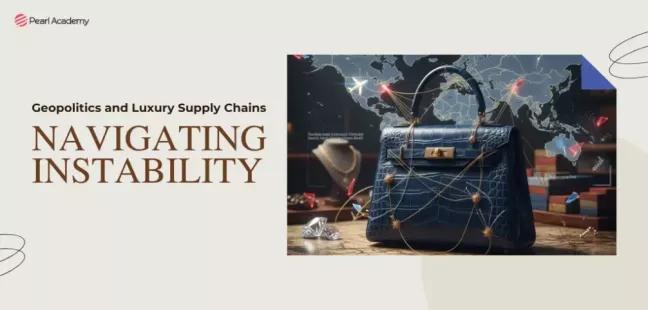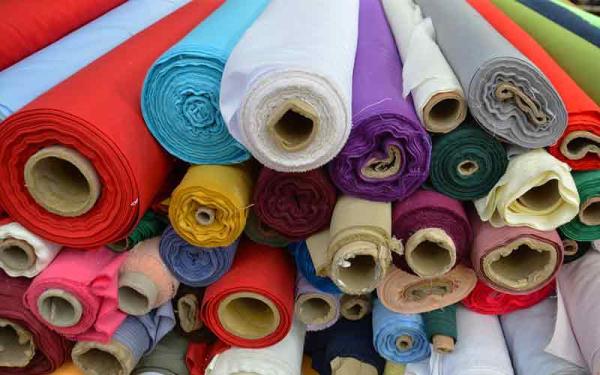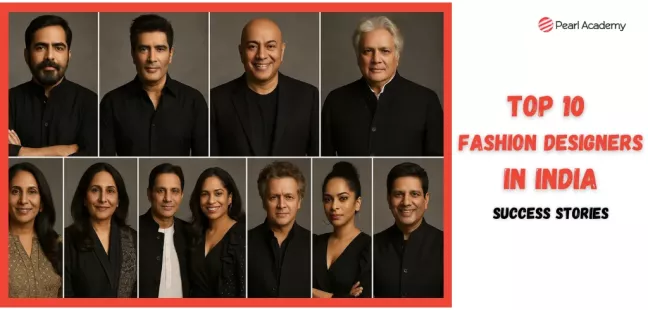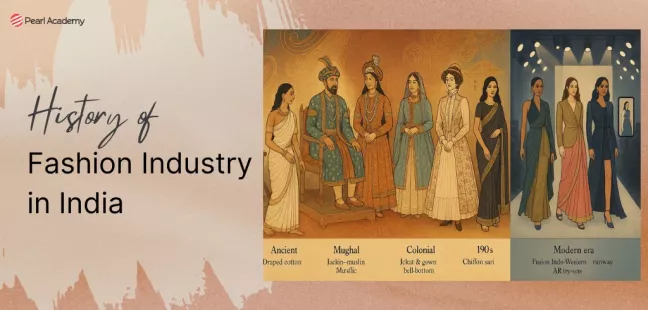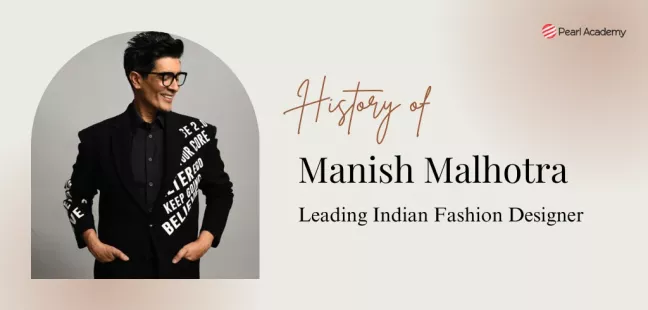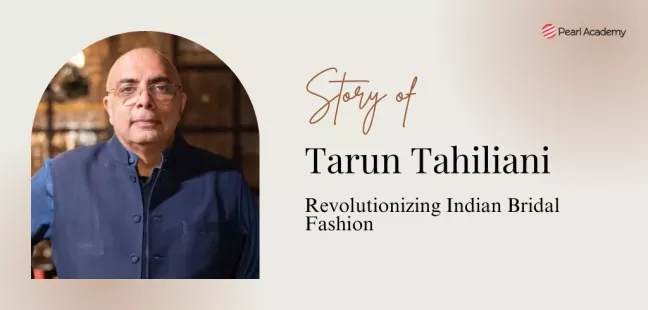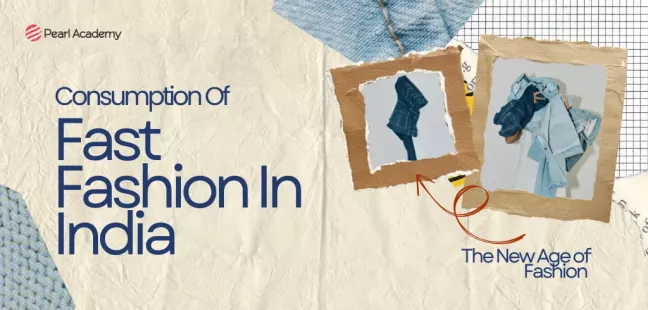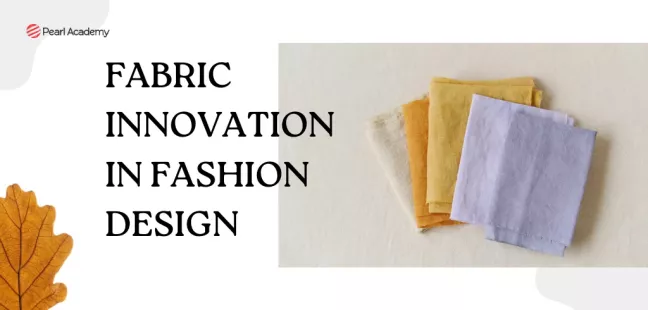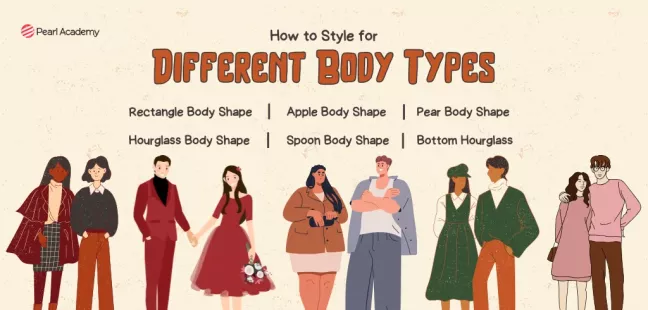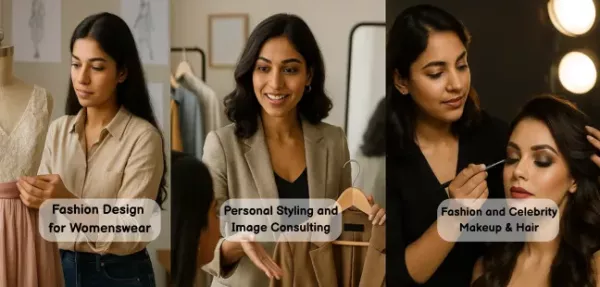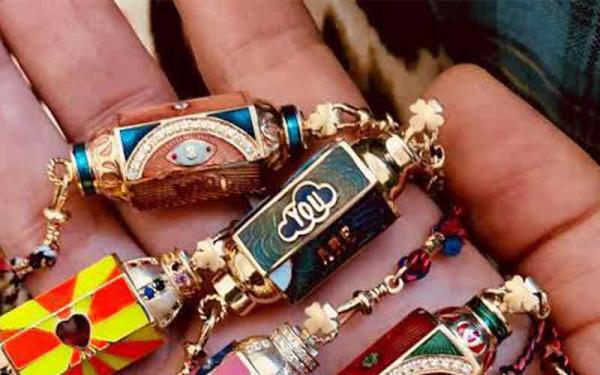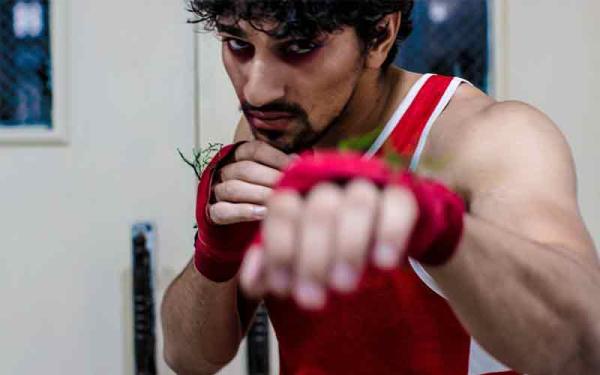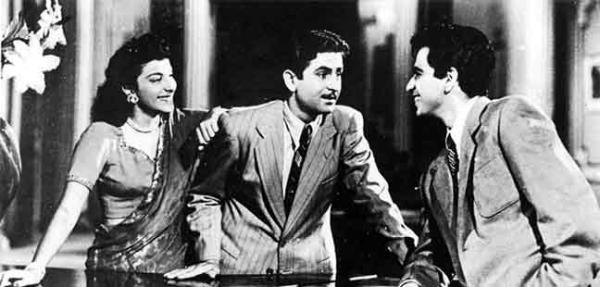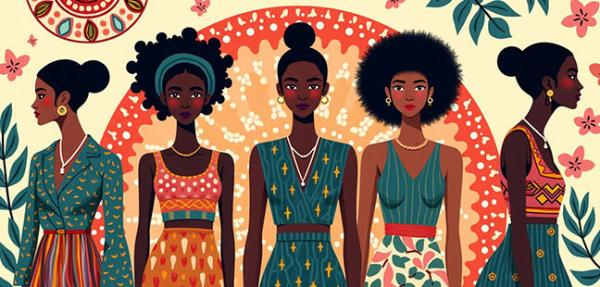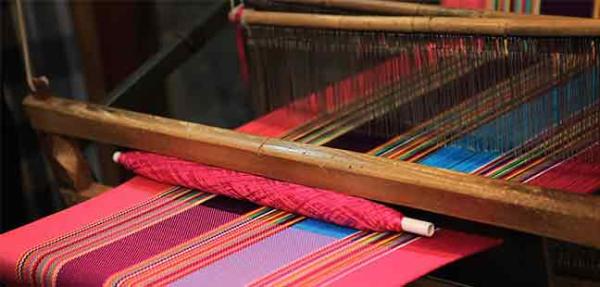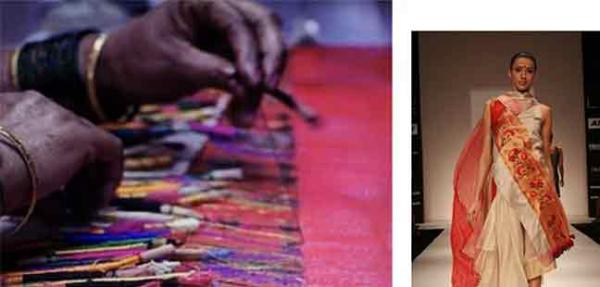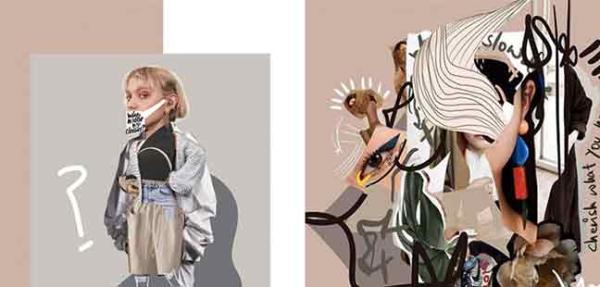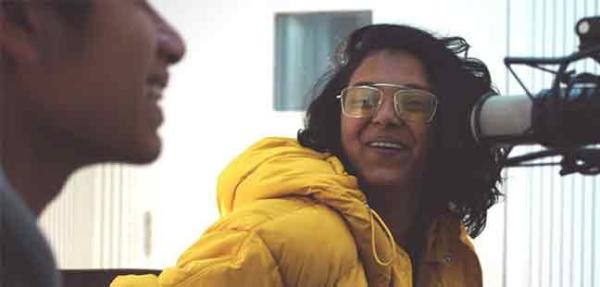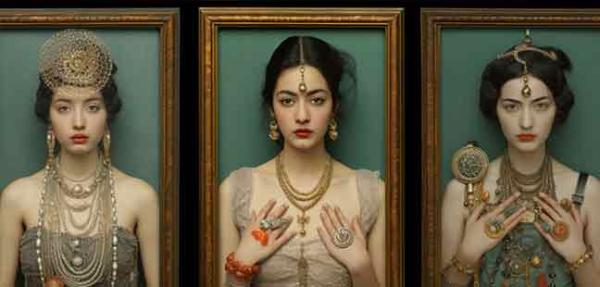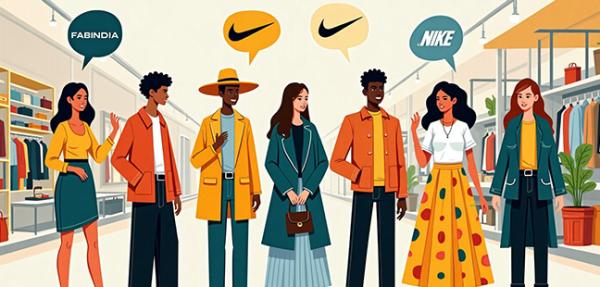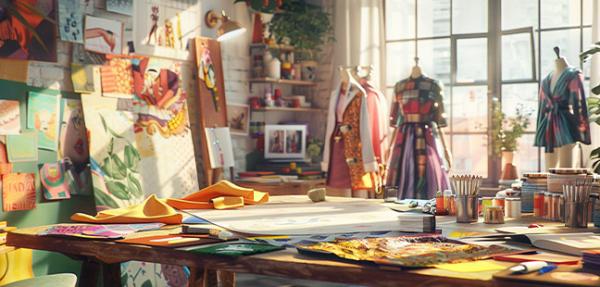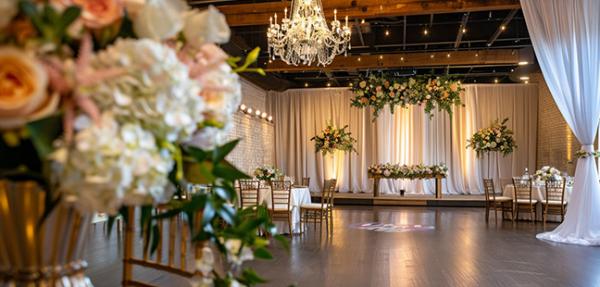Aishwarya Rai’s Stunning Appearance at Cannes 2025: A Global Ode to the Saree
- Editorial Team
- Published 22-May-2025
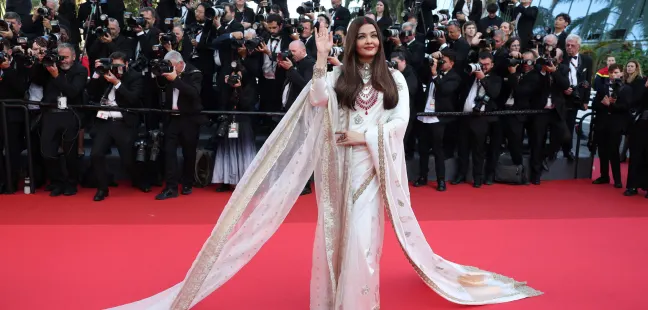
Image source: Hindustan Times
When Aishwarya Rai walked down the Cannes 2025 red carpet in an ethereal ivory saree, her forehead adorned with striking red sindoor, it wasn’t just a fashion moment—it was a cultural statement. She didn’t just turn heads; she stirred hearts and rekindled the world’s fascination with India’s timeless traditions. Dressed in Manish Malhotra’s delicately crafted tissue saree, paired with cascading ruby jewels and elegance in every stride, Aishwarya reminded us that in a world of fast fashion, heritage endures.
Aishwarya Rai, a name that has echoed through Indian households since she won the Miss World title in 1994, continues to mesmerize. Her Cannes 2025 appearance wasn’t just about style—it was about storytelling, rooted deeply in Indian culture and presented on one of the world’s most glamorous stages.
Become future-ready with our Fashion Programs
Know MoreThe Saree: A Legacy Woven in Time
The saree, worn across the Indian subcontinent for millennia, is one of the world’s oldest unstitched garments. Its origins trace back to the Indus Valley Civilization (c. 2800–1800 BCE), where figurines draped in similar styles were discovered, hinting at an ancient lineage of craftsmanship and culture.
In the Vedic period, women wore a three-piece attire—the Antriya (lower garment), Uttariya (veil), and Stanapatta (chest band). Over time, these evolved into the fluid, versatile saree we know today. References to the saree’s symbolic significance appear in epics like the Mahabharata, where Draupadi’s disrobing becomes a moment of divine intervention and cultural ethos.
By the Gupta era (3rd–6th century CE), sarees were depicted in temple sculptures and cave paintings, showcasing ornate weaves and evolving draping styles. The arrival of the Mughals introduced luxurious silks, brocades, and zari, laying the foundation for regional saree traditions across India.
A Cultural Canvas Across Regions
By the medieval period, the saree had become a vibrant expression of local identities:
- Kanjeevaram (Tamil Nadu): Renowned for rich silk and temple-inspired motifs.
- Banarasi (Uttar Pradesh): Known for opulent zari and bridal grandeur.
- Patola (Gujarat): Celebrated for intricate double ikat weaving and vivid symmetry.
- Chanderi (Madhya Pradesh): Loved for its gossamer texture and subtle elegance.
- Baluchari (West Bengal): Famous for epics woven into the pallu—sarees that narrate stories.
Each style reflected not just textile mastery, but regional heritage, mythology, and craftsmanship.
During colonial rule, Indian handlooms declined under industrial competition. Yet, leaders like Mahatma Gandhi revived them through the Khadi movement, turning the saree into a symbol of resistance and self-reliance. In post-independence India, it became a wardrobe staple for political icons, film stars, and everyday women alike.
Today, designers like Sabyasachi, Abu Jani–Sandeep Khosla, and Manish Malhotra have reimagined the saree on global runways, where traditional weaves meet modern silhouettes.
Legacy of Saree on Global Stages
Aishwarya Rai’s Cannes look in 2025 is not an isolated celebration of Indian fashion on global platforms. She has donned sarees in earlier Cannes appearances too, consistently honoring her roots.
In 2013, actress Vidya Balan, as a Cannes jury member, chose to wear elegant Banarasi and silk sarees designed by Sabyasachi. Her choice celebrated modesty, tradition, and Indian handloom heritage.
At the 75th Cannes Film Festival (2022), Deepika Padukone dazzled in a sequinned black saree inspired by the Bengal Tiger. Designed by Sabyasachi, the saree featured hand-embroidered stripes and vintage glamour—marrying nostalgia with fierce pride in Indian craftsmanship.
These moments are reminders that Indian celebrities don’t just walk red carpets—they carry centuries of heritage with them.
More Than Fashion: A Statement of Identity
Aishwarya Rai’s Cannes 2025 appearance—complete with sindoor, rubies, and a regal saree—was not simply a style choice. It was a message. In an age of ever-shifting trends, she stood as a symbol of continuity, culture, and quiet confidence. Draped in tradition yet walking in modern elegance, she redefined what it means to represent India on a global stage.
Want to Explore India’s Textile Evolution?
For a deep dive into how India’s textile industry has grown from ancient handlooms to today’s global runways, read our in-depth analysis of India’s Textile Evolution.

Student Guidance Center: Our Counselors are Just a Click Away.
Fashion is Storytelling—Make Yours Count at Pearl Academy
If you believe clothing is more than garments—if you see it as a vehicle for culture, emotion, and empowerment—then fashion is your calling.
At Pearl Academy, you have two creative pathways:
B.Des in Fashion Design
- Explore garment construction, styling, and branding.
- Master draping techniques and runway-ready looks.
- Craft collections that tell powerful cultural stories.
B.Des in Textile Design
- Dive into weave structures, print design, and surface ornamentation.
- Work hands-on with handlooms, digital textiles, and sustainable materials.
- Develop innovative textiles that shape the future of fashion.
Ready to craft your own signature moments? Choose your canvas and start shaping the future of fashion and textiles today.
Tags
- #Fashion
Pearl Admission Enquiry
Trending Post
-
![https://pearlwebsitecdn-prod-d8bgbfaqbgcghcfw.a01.azurefd.net/drupal-files/2025-11/Top-fashion-desiging-colleges-in-india-3.webp https://pearlwebsitecdn-prod-d8bgbfaqbgcghcfw.a01.azurefd.net/drupal-files/2025-11/Top-fashion-desiging-colleges-in-india-3.webp]()
-
![https://pearlwebsitecdn-prod-d8bgbfaqbgcghcfw.a01.azurefd.net/drupal-files/2025-11/Geopolitics-and-Luxury-Supply-Chains-Navigating-instability-3.webp https://pearlwebsitecdn-prod-d8bgbfaqbgcghcfw.a01.azurefd.net/drupal-files/2025-11/Geopolitics-and-Luxury-Supply-Chains-Navigating-instability-3.webp]()
-
![https://pearlwebsitecdn-prod-d8bgbfaqbgcghcfw.a01.azurefd.net/drupal-files/2025-11/Whats-the-Difference-Between-a-Fashion-Designer-a-Fashion-Entrepr-3.webp https://pearlwebsitecdn-prod-d8bgbfaqbgcghcfw.a01.azurefd.net/drupal-files/2025-11/Whats-the-Difference-Between-a-Fashion-Designer-a-Fashion-Entrepr-3.webp]()
What’s the Difference Between a Fashion Designer & a Fashion Entrepreneur?
2025-11-08By Editorial Team
Subscribe to Pearl Blogs
By clicking the "Subscribe" button, I agree and accept the privacy policy of Pearl Academy.










